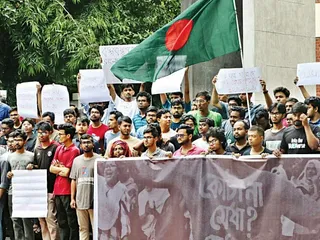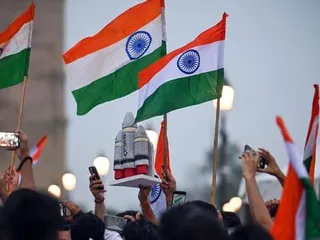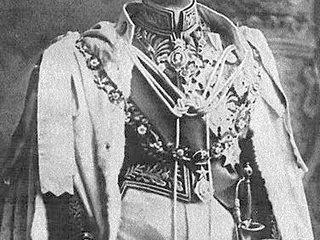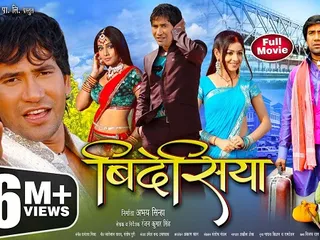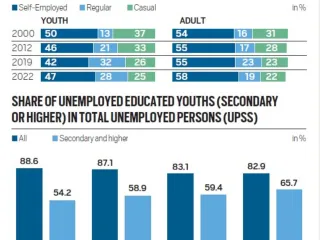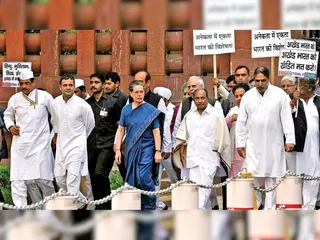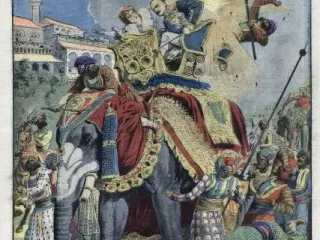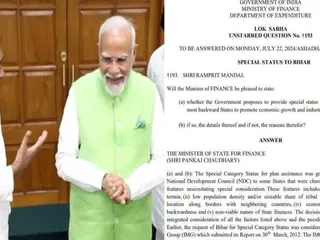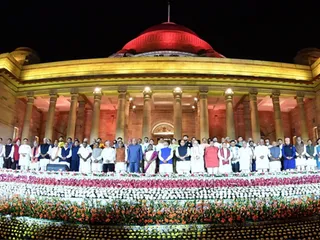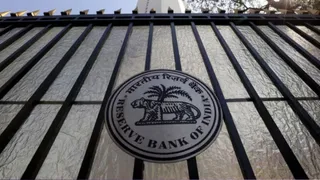The Quit India Movement, launched on August 8, 1942, stands as a watershed moment in India's struggle for independence from British rule. Triggered by Mahatma Gandhi's call for immediate British withdrawal from India, the movement galvanized the nation into widespread civil disobedience, significantly impacting the course of the freedom struggle.
The context for the movement was the backdrop of World War II. While India was officially a part of the Allied forces, there was growing resentment against British involvement, particularly the conscription of Indian soldiers without their consent. The Indian National Congress (INC), under Gandhi's leadership, had consistently pressed for greater autonomy and self-governance, escalating its demands with the ongoing war.
Gandhi's famous 'Quit India' resolution, adopted by the INC's Bombay session, explicitly demanded an end to British rule. The cry of 'Do or Die' resonated deeply with the Indian populace, sparking widespread protests across the country. The movement was unique in its broad-based participation, encompassing various social strata, from students and farmers to professionals and urban workers.
The British responded swiftly and decisively, arresting key Congress leaders, including Mahatma Gandhi, Sardar Vallabhbhai Patel, and Jawaharlal Nehru, effectively decapitating the organized leadership. This, however, did not quell the protests. The movement quickly transformed into a spontaneous and decentralized struggle. Underground networks emerged, distributing pamphlets and organizing protests. Acts of sabotage, though limited, also occurred.
The Quit India Movement, despite its suppression, left a lasting impact. While not achieving immediate independence, it showcased the unwavering resolve of the Indian people to gain freedom. The widespread participation demonstrated the strength of the nationalist sentiment. It also exposed the vulnerabilities of the British administration, highlighting the limitations of their control over such a vast and diverse nation.
The movement's decentralized nature, while contributing to its resilience, also led to challenges in coordination and uniformity. The absence of centralized leadership resulted in some instances of violence and factionalism, although largely the movement maintained its non-violent ethos. The British response, characterized by ruthless repression, including mass arrests and widespread violence, further fueled the intensity of the struggle.
The Quit India Movement served as a crucial catalyst for the eventual transfer of power in 1947. It demonstrated the unwavering commitment of the Indian people to independence and significantly weakened the British Raj's authority. The movement's legacy extends beyond the immediate impact, shaping the nation's political and social landscape and profoundly influencing the subsequent years leading up to India's independence. It solidified the image of a unified and determined India, ready to claim its rightful place as a free nation.
Studying the Quit India Movement provides vital insights into the complexities of India's struggle for independence, underscoring the interplay between organized resistance, mass mobilization, and the unwavering spirit of a nation striving for self-determination.


